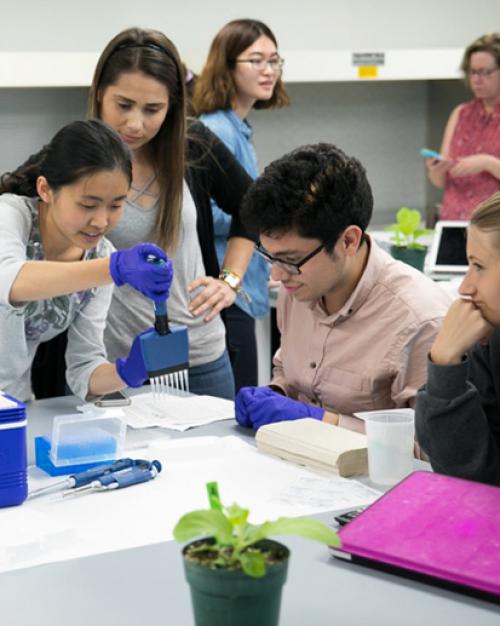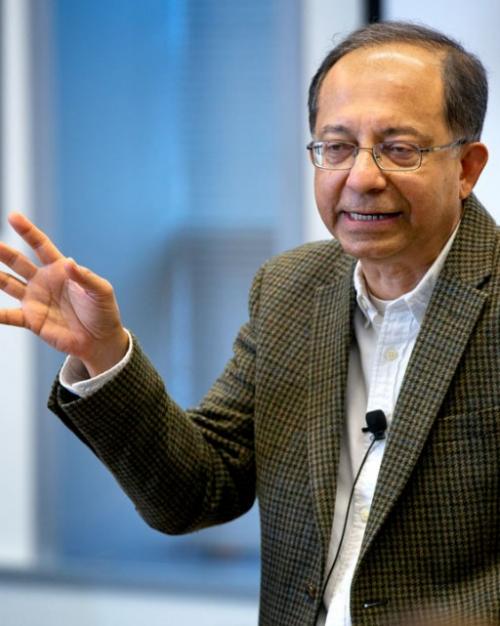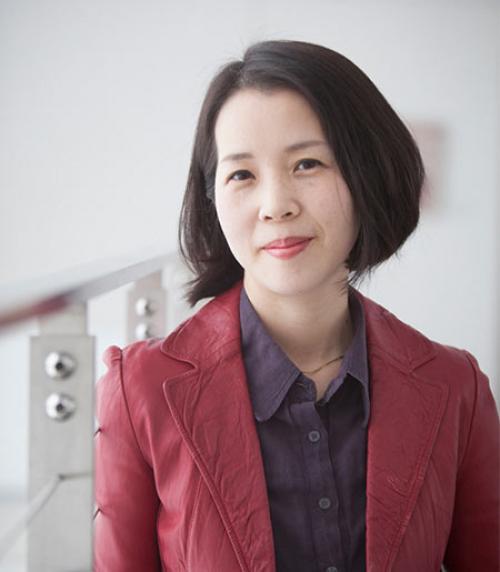The electrons in quantum materials strongly interact and influence one another’s behavior. In addition, some materials have significant spin-orbit coupling, in which electrons’ spins are coupled with their own orbital momenta. Researchers predict that spin-orbit coupling will generate exotic forms of cooperative electron ordering that should alter the material’s crystal structure. Optical spectroscopy has provided evidence of such cooperative electron ordering, but neither x-ray nor neutron diffraction has discovered the expected changes to the crystal structure—perhaps because of limitations in conventional methods of measuring diffraction.
Eun-Ah Kim, Physics, and Kilian Q. Weinberger, Computer Science, are part of a transdisciplinary team at the Argonne National Laboratory that is developing tools to reveal the unobserved, hidden order in quantum materials. The researchers are developing machine-learning tools that can identify multiple order parameters in x-ray scattering, whether weak or broad, by monitoring their variation as a function of temperature. The project takes advantage of recent improvements in the brightness of x-ray synchrotron sources, combined with technological advances in fast area detectors and computational analysis, that have greatly enhanced the speed and sensitivity of x-ray diffraction.
The research aims to elucidate the interactions between electrons and atoms that underlie the hidden order in spin-orbit-coupled materials so that these interactions can be harnessed in future applications. By combining high-energy x-ray scattering and machine learning, the project will produce a suite of innovative tools that will facilitate future investigations of crystalline materials whose properties depend on structural correlations that are short-ranged or too weak to be measurable by conventional diffraction.




